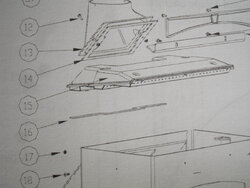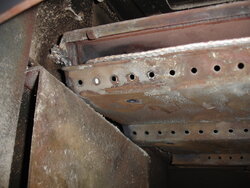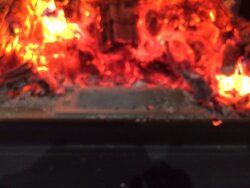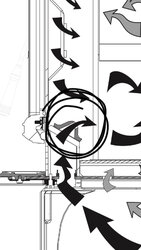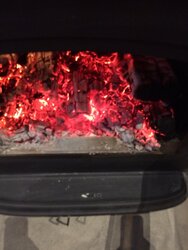At the end of last season my secondary flames in the front were a little less than usual. Upon close examination, I noticed that I could see some white, woven gasket material through some of the forward-most holes (closest to the door).
Being a good procrastinator, I waited until now (brrrrr) to fix it. I took the six bolts out and lifted the top of the manifold for a look. Sure enough, there's the gasket flopping around in there.
Before going any further, I looked at the parts diagram. They only show one gasket, and refer to it as "Gasket, Rear Secondary Air Manifold". Is this the rear gasket and it migrated forward?
If so, how the heck am I gonna get it to the rear again?
Any help would be appreciated….
Being a good procrastinator, I waited until now (brrrrr) to fix it. I took the six bolts out and lifted the top of the manifold for a look. Sure enough, there's the gasket flopping around in there.
Before going any further, I looked at the parts diagram. They only show one gasket, and refer to it as "Gasket, Rear Secondary Air Manifold". Is this the rear gasket and it migrated forward?
If so, how the heck am I gonna get it to the rear again?
Any help would be appreciated….


